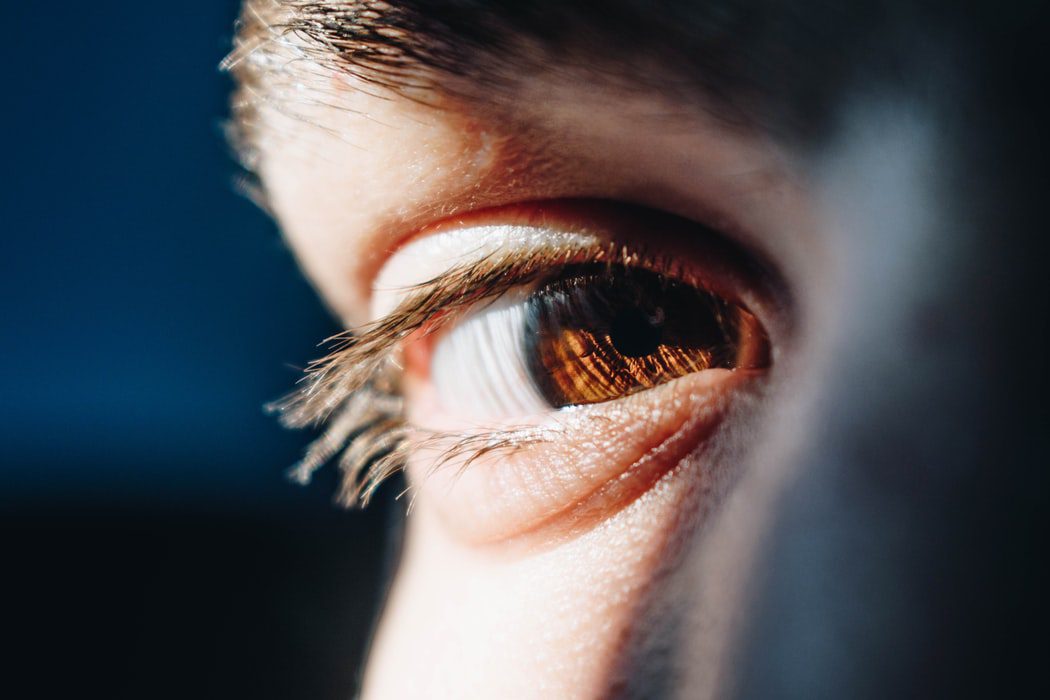Lower Blepharoplasty
Lower Eyelid Surgery
An upper blepharoplasty or lower blepharoplasty procedure can address loose and sagging skin around the delicate eye area to restore a more youthful appearance.
The lower eyelids are a complex structure. They work against gravity and unfortunately, the integral strength of the eyelid reduces as we age which leads to a lack of natural support.
The skin surrounding the eye area is very delicate and naturally, loses its elasticity more rapidly than other areas of the body. As the skin ages, it loses the ability to bounce back to being flat and smooth as we talk, smile and laugh. These day-to-day muscle actions are therefore much more likely to leave permanent lines that manifest themselves as ‘crows feet’.
View Printable Patient Information


